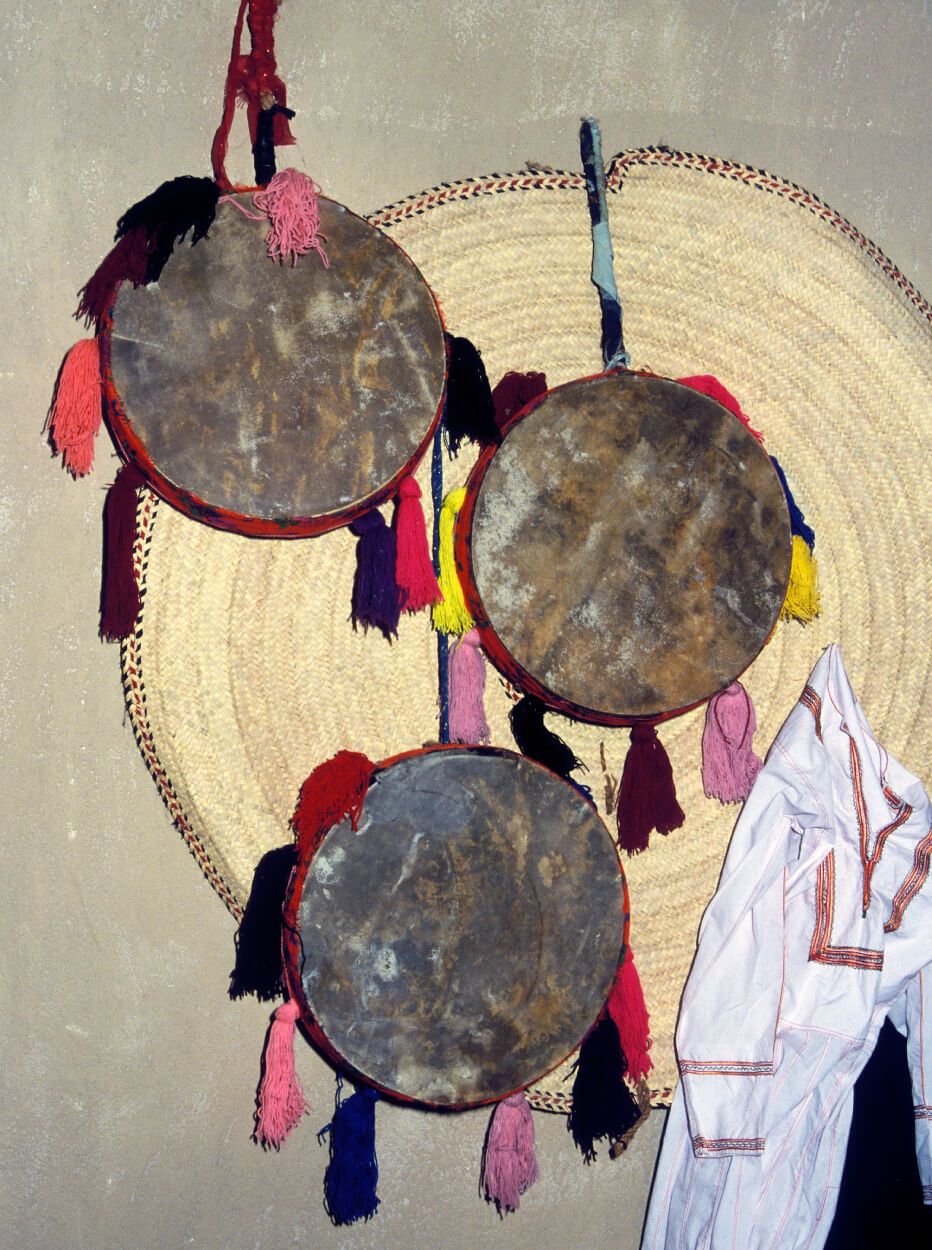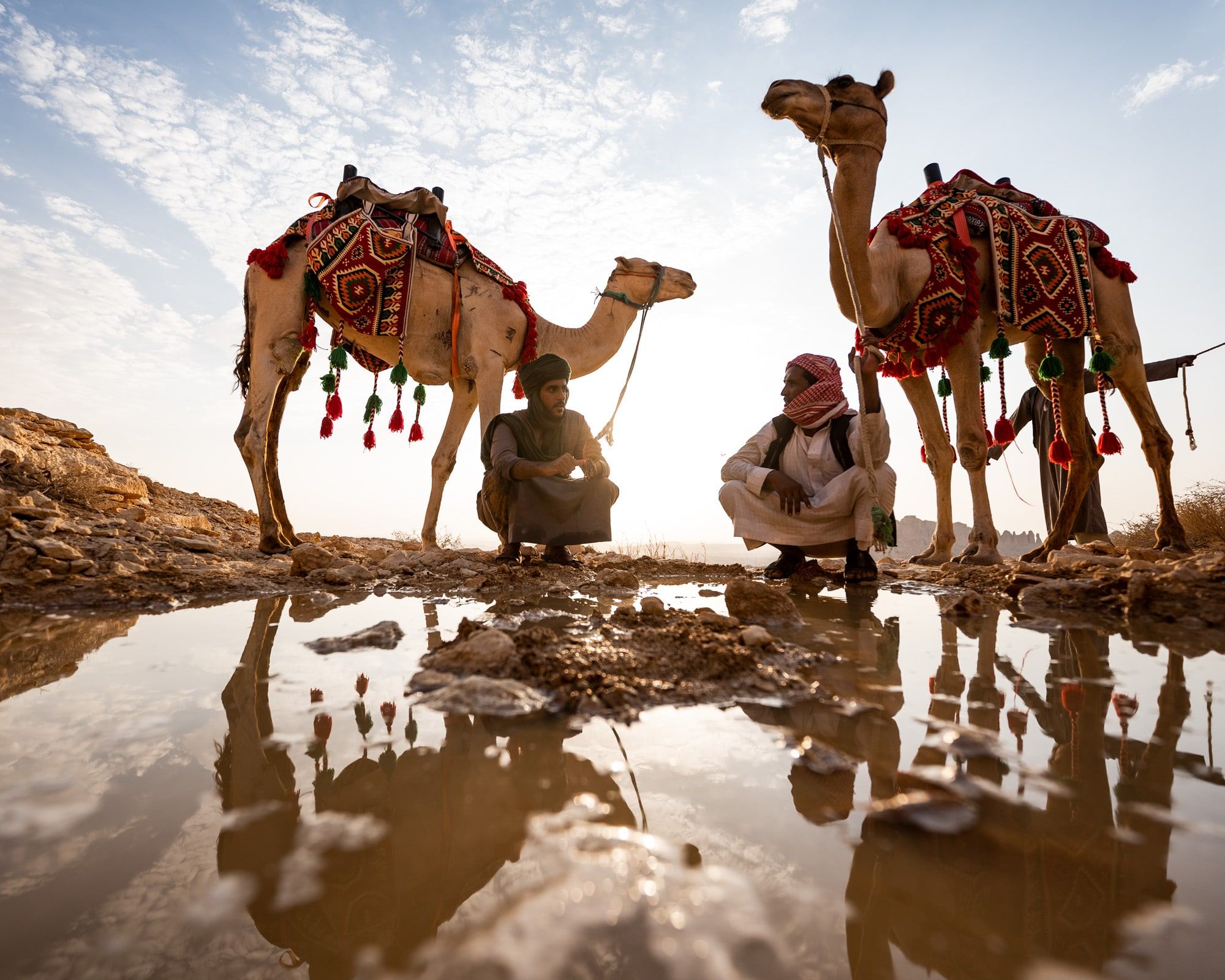Sounds of Heritage
Traditional drums.
One of the most universal aspects of human culture is the use of musical instruments. Some academics have hypothesized that the earliest instruments sprang from everyday tools like cooking pots (drums) and hunting bows (musical bows).
Whatever their origins, the interplay of four factors—material availability, technological aptitude, symbolic preoccupations, and trade and migratory patterns—has been critical to the continued evolution of the vastly diverse instruments of the world. Depending on what is available in their surroundings, some communities have utilized wood and bamboo to make instruments, while others have used bone, skin, and stone.
Traditional musical instruments have played a significant role in bringing color to every national holiday or family gathering. Since ancient times, the folk music and melodic songs that define us have delighted the soul and sparked spiritual desire with their energetic rhythms. The diverse local cultures found throughout the Kingdom have produced several musical instruments that are exclusive to each area.
This is a well-known rhythmic instrument used to accompany singing. It has been named "raq'' from pre-Islamic times because the thin skin is constricted on its side. Coming in a variety of sizes and forms, the duf has been used in a variety of occasions, such as wedding celebrations and sorority dances (al Ardah)
In the Saudi tradition, decorating a duf with tassels or sketching designs with henna was particularly important.
The Arabic rebab is a bowed string instrument using horse's hair as the strings. It is hollow and has a melodious sound. It comes in different shapes and sizes and is often accompanied by other instruments. It is made from simple materials available to Bedouins such as wood and goat skin. Arabs, especially nomads, used to recite their poems to the sounds of the rebab.
A mirwas is a small, leather, double-sided rhythmic drum consisting of a hollow wooden cylinder. Al-Ahsa residents were famous for playing Mirwas during musical nights, but it is also used to perform ancient Nabataean folklore poetry in the Najd region.
The complex and varied folk music traditions of Saudi Arabia feature poetry, percussion, dances, as well as distinct tones, rhythms, and melodies that have been passed down through the years.
Through song, music, and dance, poets and musicians have traveled the Arabian Peninsula and the greater Middle East throughout the ages, exchanging and integrating different forms of expression.
The popular rhythms and melodies that evolved from classical literature, epics, and heroic poems are used to express these historical traditions in the contemporary soundscape, which reflects societal history, values, norms, and consciousness.

Traditional musical instruments and costumes on display in the Saudi Exhibit in Cairo, Egypt, June 1987. Courtesy Aramco Archives.


